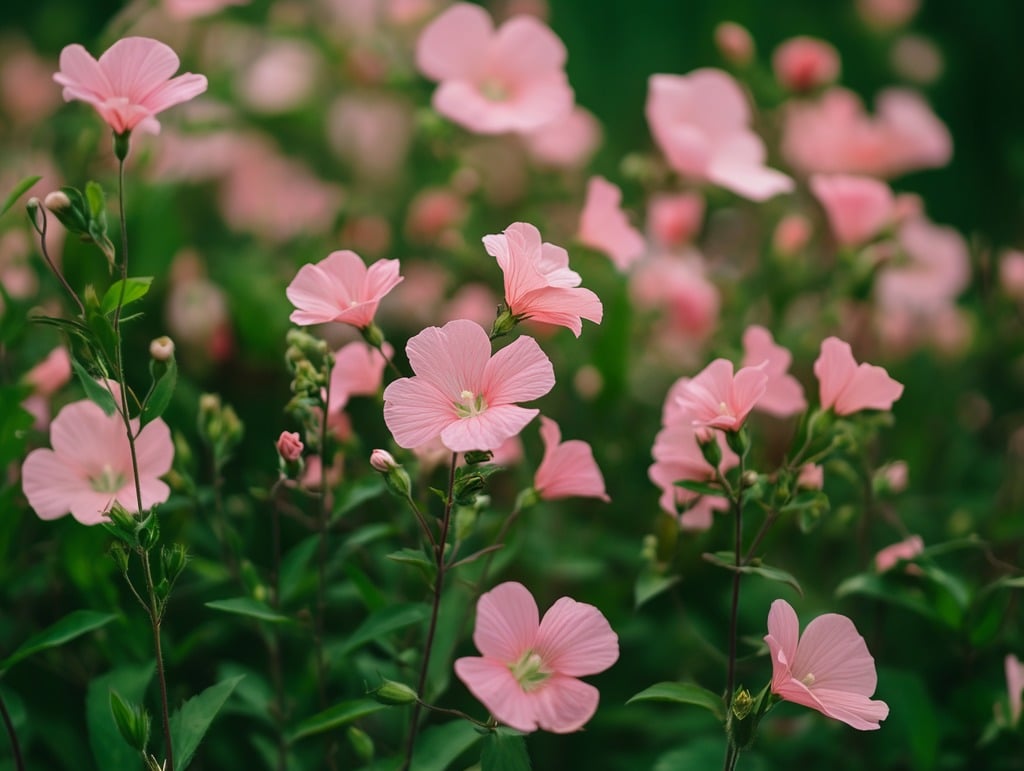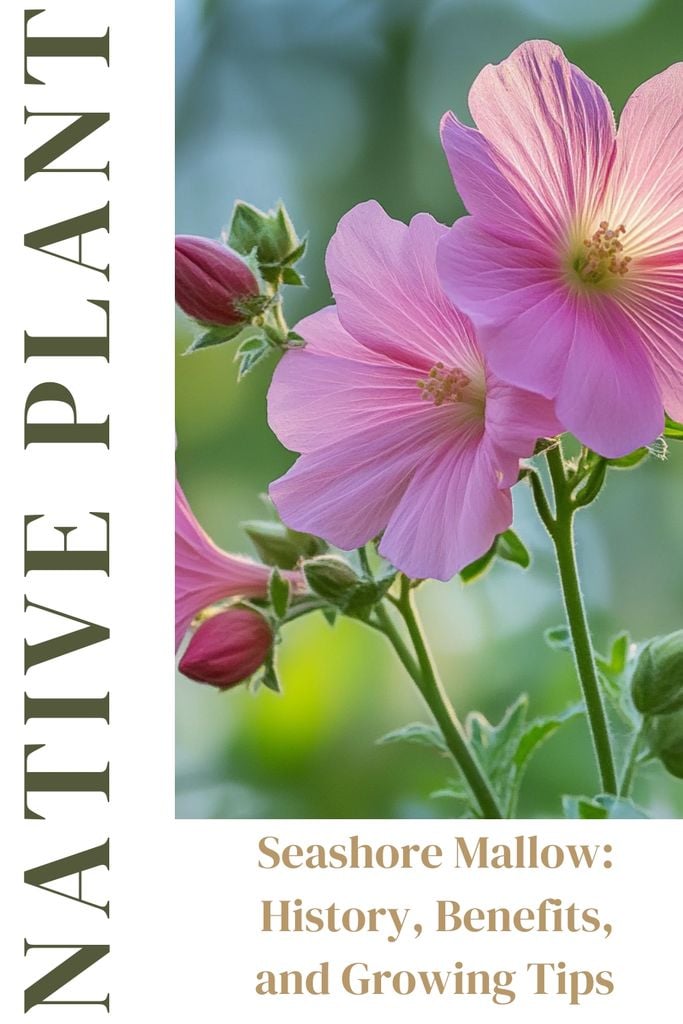Seashore Mallow, scientifically known as Kosteletzkya virginica, is a hidden gem among native plants. Often overshadowed by more popular flora, this resilient and versatile plant offers a plethora of benefits and a rich history. In this blog, we’ll explore the intriguing past of Seashore Mallow, its many advantages, and how you can cultivate it in your garden.
A Brief History of Seashore Mallow
Seashore Mallow is native to the coastal regions of the eastern United States, stretching from New York to Florida and along the Gulf Coast to Texas. Indigenous peoples and early settlers utilized this plant for various purposes, recognizing its value long before modern gardeners caught on.
Historically, Seashore Mallow has been employed for its fibrous stems, which were used to make rope and other materials. Its seeds also served as a food source in some cultures. As wetlands and coastal areas faced development and environmental changes, this hardy plant persisted, demonstrating remarkable resilience in the face of adversity.
The Benefits of Seashore Mallow
Seashore Mallow isn’t just a pretty face in the garden; it brings numerous benefits that make it a valuable addition to any landscape. Here are some key advantages:
1. Ecological Value: As a native plant, Seashore Mallow plays a crucial role in supporting local ecosystems. It provides habitat and food for various pollinators, including bees and butterflies, contributing to biodiversity.
2. Erosion Control: Its robust root system helps stabilize soil, making it an excellent choice for erosion control in coastal and wetland areas.
3. Salt Tolerance: Seashore Mallow thrives in saline environments where many other plants struggle, making it ideal for gardens in coastal regions.
4. Ornamental Appeal: With its striking pink flowers and lush green foliage, Seashore Mallow adds a touch of beauty and color to any garden setting.
5. Versatility: Beyond its ornamental uses, Seashore Mallow can be grown for its fibers, seeds, and potential as a biofuel crop, showcasing its multifaceted utility.
How to Grow Seashore Mallow
Ready to add Seashore Mallow to your garden? Follow these steps to ensure successful cultivation:
1. Choosing the Right Location: Seashore Mallow prefers full sun to partial shade and thrives in moist, well-drained soils. It can tolerate a range of soil types, including sandy and clay soils, but performs best in rich, organic matter.
2. Planting: You can start Seashore Mallow from seeds or transplants. If using seeds, sow them in the spring after the last frost. Transplants can be set out in the garden once the danger of frost has passed. Space plants about 2 to 3 feet apart to allow for growth.
3. Watering: While Seashore Mallow is drought-tolerant once established, it performs best with regular watering, especially during dry spells. Ensure the soil remains consistently moist but not waterlogged.
4. Fertilizing: This plant isn’t particularly demanding when it comes to fertilization. A light application of balanced fertilizer in the spring can promote healthy growth and flowering.
5. Maintenance: Prune back dead or damaged stems in late winter or early spring to encourage new growth. Seashore Mallow is relatively pest and disease resistant, making maintenance a breeze.
6. Propagation: You can propagate Seashore Mallow through seeds, cuttings, or division. Division is best done in the spring, while cuttings can be taken in the summer.
Seashore Mallow in Landscaping
Incorporating Seashore Mallow into your landscape design can bring a host of benefits. Here are a few ideas on how to use this versatile plant:
1. Coastal Gardens: Given its high salt tolerance, Seashore Mallow is perfect for coastal gardens. It can thrive in areas with salty air and soil, adding beauty where many other plants would fail.
2. Wetland Restoration: Seashore Mallow is an excellent choice for wetland restoration projects. Its ability to stabilize soil and provide habitat for wildlife makes it invaluable for such efforts.
3. Rain Gardens: This plant works well in rain gardens, which are designed to manage stormwater runoff. Its love for moist conditions means it will thrive in these settings, helping to control erosion and filter water.
4. Wildlife Gardens: Planting Seashore Mallow can attract a variety of wildlife to your garden, including butterflies, bees, and birds. Its flowers provide nectar for pollinators, while its seeds can be a food source for birds.
5. Ornamental Borders: Use Seashore Mallow in ornamental borders to add a splash of color with its beautiful pink blooms. Its tall, upright growth habit makes it a striking addition to garden beds and borders.
Environmental Impact
Growing native plants like Seashore Mallow can have a positive impact on the environment. By choosing native species, you’re supporting local wildlife and promoting biodiversity. Native plants are often more resilient to local pests and diseases, reducing the need for chemical interventions. They also typically require less water and maintenance once established, making them a sustainable choice for eco-conscious gardeners.
Seashore Mallow, in particular, can play a role in combating coastal erosion and managing wetlands. Its strong root system helps hold soil in place, preventing erosion and protecting coastal and wetland areas from degradation. By planting Seashore Mallow, you’re contributing to the health and stability of these fragile ecosystems.
Conclusion
Seashore Mallow, with its rich history, numerous benefits, and ease of cultivation, is a plant that deserves a place in your garden. Whether you’re looking to enhance your garden’s ecological value, control erosion, or simply enjoy its ornamental beauty, this versatile native plant won’t disappoint. By planting Seashore Mallow, you’re not only adding a resilient and beautiful species to your garden but also supporting local ecosystems and biodiversity.
So, why not give Seashore Mallow a try? Your garden—and the environment—will thank you!






